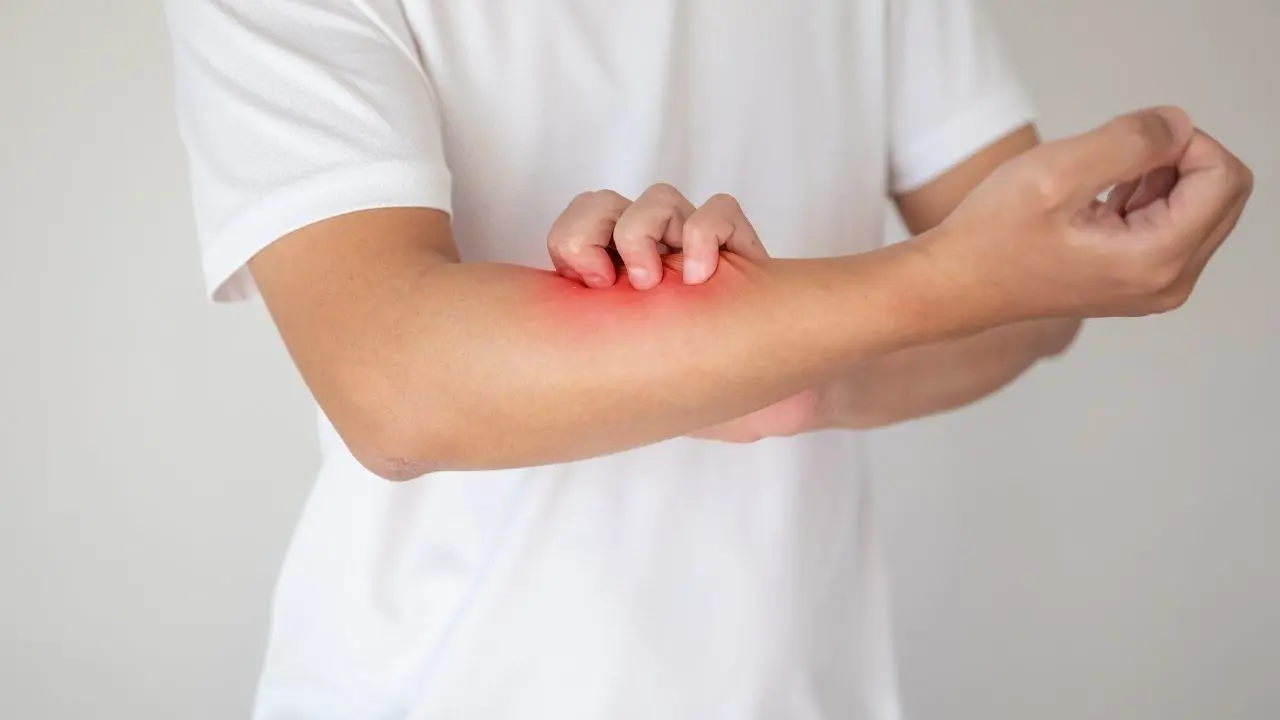
Fungal diseases, also known as mycoses, are infections caused by fungi that can affect various parts of the body, including the skin, nails, hair, and mucous membranes. Fungi are microscopic organisms that thrive in warm, moist environments and can spread through contact with infected individuals, contaminated objects, or environmental sources. Fungal diseases can range from mild, superficial infections to severe, systemic illnesses, depending on the type of fungus involved and the host's immune response.
Here are some common fungal diseases and their characteristics
Tinea Corporis (Ringworm): A superficial fungal infection of the skin characterized by red, scaly patches with raised borders that may be itchy or painful. Despite its name, ringworm is not caused by a worm but by various types of fungi known as dermatophytes. Ringworm can affect any part of the body, including the scalp (tinea capitis), feet (tinea pedis), and groin (tinea cruris).
Tinea Versicolor: A common fungal infection of the skin caused by the yeast Malassezia furfur. Tinea versicolor typically presents as patches of discolored skin, ranging from lighter to darker than the surrounding skin, and may be more noticeable after sun exposure. The affected areas may be dry, scaly, or mildly itchy.
Candidiasis: Candidiasis is a fungal infection caused by yeast of the Candida genus, most commonly Candida albicans. It can affect various parts of the body, including the skin, mouth (oral thrush), throat, genitals (vaginal yeast infection), and bloodstream (systemic candidiasis). Symptoms depend on the location of the infection but may include redness, itching, irritation, and discharge.
Onychomycosis (Nail Fungus): Onychomycosis is a fungal infection of the nails, typically caused by dermatophytes, yeasts, or molds. It can affect the fingernails or toenails and may cause discoloration, thickening, brittleness, and distortion of the nails. Onychomycosis can be challenging to treat and may require prolonged antifungal therapy.
Tinea Capitis: Tinea capitis is a fungal infection of the scalp, primarily affecting children but occasionally occurring in adults. It can cause hair loss, scaling, redness, and inflammation of the scalp, as well as the formation of black dots (broken hairs) and kerion (a painful, boggy mass).
Athlete's Foot (Tinea Pedis): Athlete's foot is a fungal infection of the feet, most commonly occurring between the toes. It can cause itching, burning, scaling, and cracking of the skin, as well as blisters and peeling. Athlete's foot is highly contagious and often spreads in warm, moist environments like locker rooms and swimming pools.
Treatment for fungal diseases typically involves antifungal medications, which may be applied topically (e.g., creams, ointments, powders) or taken orally (e.g., tablets, capsules). In some cases, combination therapy or long-term maintenance treatment may be necessary to eradicate the infection fully. Prevention measures include practicing good hygiene, keeping the skin clean and dry, avoiding sharing personal items, wearing breathable clothing, and using antifungal products in high-risk environments. If you suspect you have a fungal infection, it's essential to consult with a healthcare professional for proper diagnosis and treatment.
